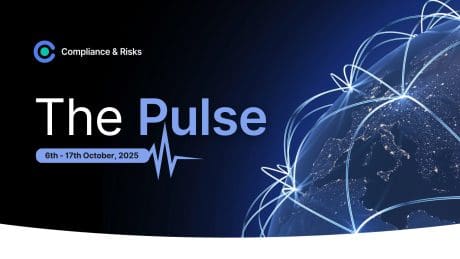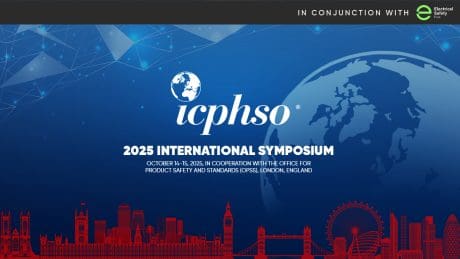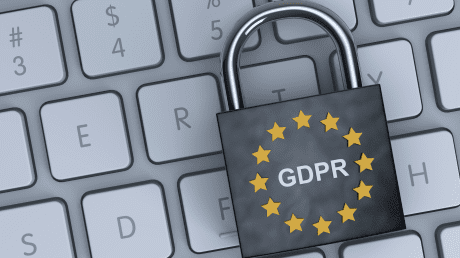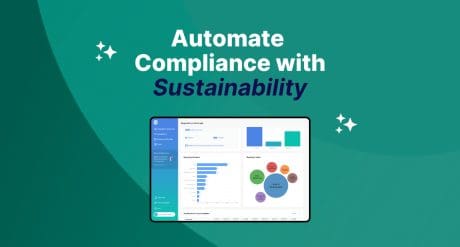The Biweekly Pulse: 11th – 22nd August – China RoHS, EU Deforestation Regulation and EU Battery Regulation Updates
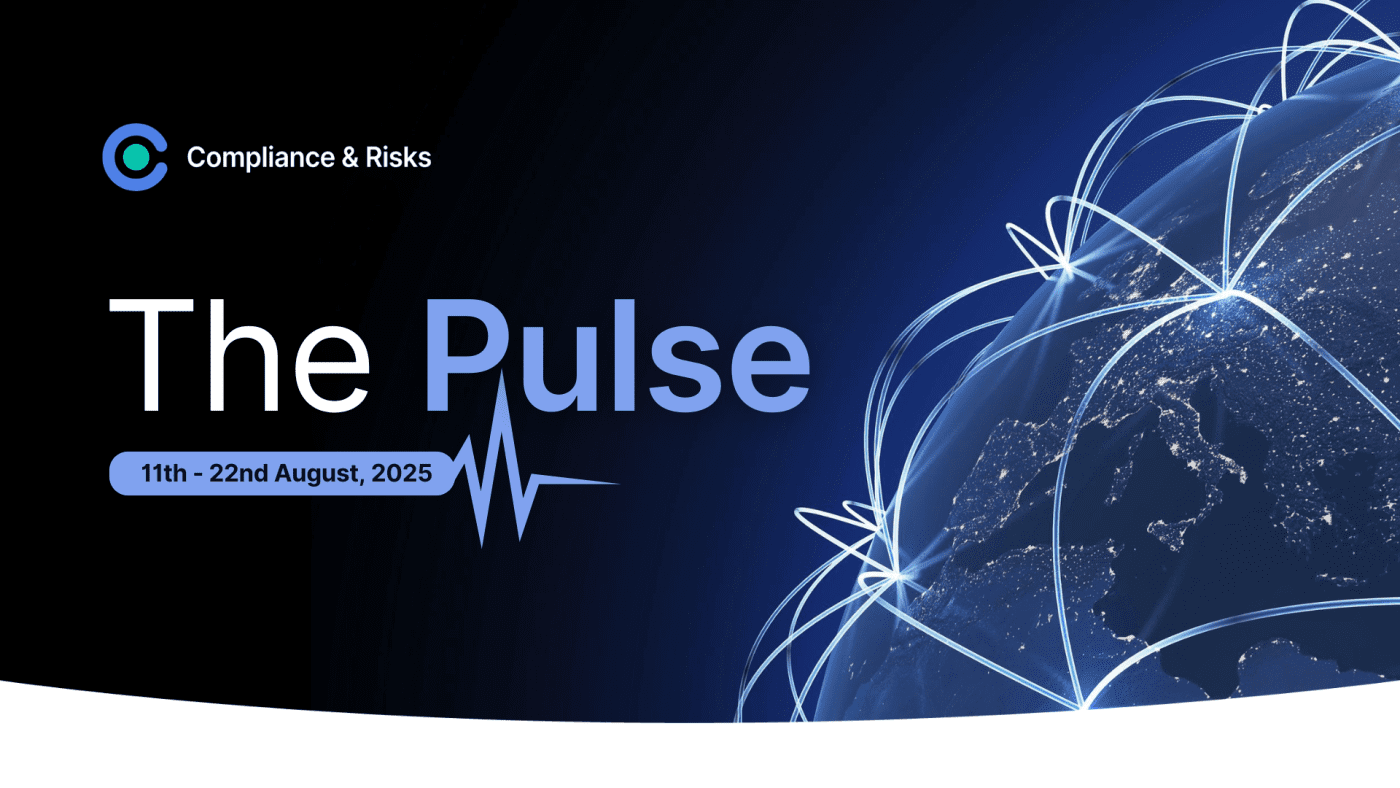
The Pulse was originally posted on 27th August, 2025. Further regulatory developments may have occurred after publication. To keep up-to-date with the latest compliance news, sign up to our newsletter.
Check out the latest 2025 Regulatory Compliance Updates with The Pulse, your biweekly source for global regulatory insights!
This Week’s Trending Sources in C2P
- New Rules, New Risks: Latest Cybersecurity & Data Protection Impacts on Product Compliance, Webinar Presentation, August 2025
- The 2025 US Product Compliance Guide: Key Federal and State Changes, Guide, August 2025
- UK: Electrical and Electronic Equipment (EEE): Producer Responsibilities, Guidance Document, August 2025
What is Our Content Team Talking About?
China MIIT Releases Chart to Support Understanding of RoHS Standard GB 26572-2025; Confirms End of Transition Period for Products Produced or Imported Before 1 August 2027
by Joyce Costello, Senior Regulatory Compliance Specialist
Mandatory RoHS standard GB 26572-2025, published on 1 August 2025, intended to streamline the management of hazardous substances in electrical and electronic products (EEPs) and establish a firm basis for strengthened enforcement.
The Chart reiterates the provisions of the standard, including the categories of products in scope, examples of the first batch which need to comply with substance restrictions and document retention expectations.
Regarding labelling obligations, it is advised that the EFUP (environmentally-friendly use period) mark is usually affixed directly on the visible part of the product. If it cannot be marked on the product due to limitations of product size, shape, surface material or function, it should be marked in the “Product Description”.
The information table is usually marked in the “product description”.
The carrier form of “product description” can be any one of paper instructions, electronic instructions, optical disk (CD/DVD), packaging, system built-in software, and company website.
Guidance is also given on how to test the content of hazardous substances in EEP in accordance with the GB/T 39560 standard series.
Parties supplying EEPs to the market in China should be on notice of the “2+1” implementation plan which is announced through this guidance:
- GB 26572-2025 will be implemented on 1 August 2027 (i.e. a two-year transition period applies from the date of publication);
- For products produced or imported before 1 August 2027 (inclusive), the requirements of GB 26572-2025 must be implemented from 1 August 2028 (one-year inventory product disposal period).
The full interpretation may be viewed here.
What Are Our Knowledge Partners Talking About?
Rubber Now Regulated: What the New EU Deforestation Regulation Means for Your Business?
by RINA
The EU Deforestation Regulation (EUDR¹) entered into force on 29 June 2023, repealing and replacing the EU Timber Regulation (EUTR). Unlike the EUTR, which focused solely on timber and timber products, the EUDR expands its reach to include seven high risk commodities e.g., rubber, cocoa, soy, coffee, palm oil, cattle, and wood, placing rubber officially in scope for the first time.
How to ensure your business is compliant with the EUDR?
Businesses (Importers/Non-Small Medium Enterprises (Non-SME traders)/Operators) that place natural rubber (or products containing rubber), where listed in the Annex 1 Combined Nomenclature, on the EU market will need to carry out due diligence to ensure that the rubber was not sourced from land subject to deforestation or forest degradation after 31 December 2020.
Key requirements for businesses
If your company is found to import rubber or place rubber products or products containing rubber on the EU market, due diligence requirements must be met. To comply, businesses must conduct due diligence to prove their rubber products weren’t linked to deforestation after 31 December 2020. These requirements include:
- Geolocation data or coordinates for rubber origin plots
- Documentation or certification from the upstream operator confirming commodities were not sourced from deforested regions e.g., deforestation-free declaration; enhanced FSC documentation
- Evidence of legality in the country of origin
- Reference number for digital submission of due diligence statements via the EU-wide IT system²
This update has major implications for industries that use rubber components, from electronics and medical devices to industrial equipment. Even products containing small rubber parts like gaskets, O-rings, cables, or insulating casings may now fall under the regulation depending on their Harmonized System (HS) code and origin, businesses that have not traditionally considered rubber a timber derived risk, should now reassess. It’s important to note that the regulation distinguishes between natural rubber and synthetic rubber, which is produced from petrochemicals and does not contribute to deforestation.
A few examples of ways businesses can determine the type of rubber in their products is via:
- Supplier declarations or technical data sheets from upstream suppliers
- Contacting upstream suppliers if the origin is unclear. Traceability requirements are key to demonstrating compliance in the EUDR
- Review customs or use of CN codes for classification to determine products deemed to be in scope
Companies will typically have internal commodity codes that can be checked against the EUDR Annex 1 CN codes. Note, only products listed under the CN codes in Annex 1 of Regulation (EU) 2023/1115 are subject to EUDR requirements, even if they contain regulated commodities. For example, cars with natural rubber tires are excluded as they are not listed in Annex 1.
Next Steps
Operators and traders placing affected products on the EU market should review their supply chains, identify at risk materials, and engage suppliers or upstream operators to gather deforestation free evidence on their rubber articles. With the Compliance deadline set for December 2025 for large companies and non-SME traders, early action can help avoid bottle necks and regulatory penalties.
1 Regulation on Deforestation-free products – European Commission
2 The Information System of the Deforestation Regulation – European Commission
What Are Our Clients Asking About?
Regarding the due diligence requirements under Article 48 of the EU Battery Regulation, who should obtain third-party certification?
Answered by Dila Sen, Regulatory & Requirements Compliance Specialist
Based on Article 48(2), economic operators referred to in paragraph 1 of this Article shall have their battery due diligence policies verified by a notified body and paragraph 1 of the Article mentions that economic operators that place batteries on the market or put them into service shall fulfil the due diligence obligations.
According to Article 3(1)(22), ‘economic operator’ means the manufacturer, the authorized representative, the importer, the distributor or the fulfilment service provider or any other natural or legal person who is subject to obligations in relation to the manufacture, preparation for re-use, preparation for repurposing, repurposing or remanufacturing of batteries, the making available or the placing of batteries on the market, including online, or the putting of batteries into service in accordance with this Regulation.
Therefore, the obligation to obtain third-party certification applies to the above-mentioned economic operators, specifically those who place batteries on the EU market or put them into service.
Stay Ahead Of 2025 Regulatory Compliance Updates with The Pulse
Want to stay on top of 2025 Regulatory Compliance Updates?
All insights in The Pulse come directly from C2P – the trusted compliance platform used by over 300 of the world’s leading brands. With coverage across 195+ countries, C2P empowers you to achieve, maintain, and expand market access faster and with confidence.
C2P is an enterprise SaaS platform designed to meet your unique compliance needs. It brings together everything in one place – regulations, standards, requirements, and evidence – so you can manage compliance across the enterprise with ease.
Need more? Our tailored add-on packages unlock use-case-specific solutions, enriched global regulatory content, and direct access to a global team of subject matter experts and professional services.
C2P is your key to unlocking global market access.
- Accelerate time-to-market for products
- Reduce non-compliance risks that impact your ability to meet business goals and cause reputational damage
- Enable business continuity by digitizing your compliance process and building corporate memory
- Improve efficiency and enable your team to focus on business critical initiatives rather than manual tasks
- Save time with access to Compliance & Risks’ extensive Knowledge Partner network
Keep Your Finger on the Pulse of Regulatory News!
Join 30,000+ compliance professionals for 2025 regulatory compliance updates on hot compliance issues, market insights on the latest trends, and free regulatory webinars and whitepapers


